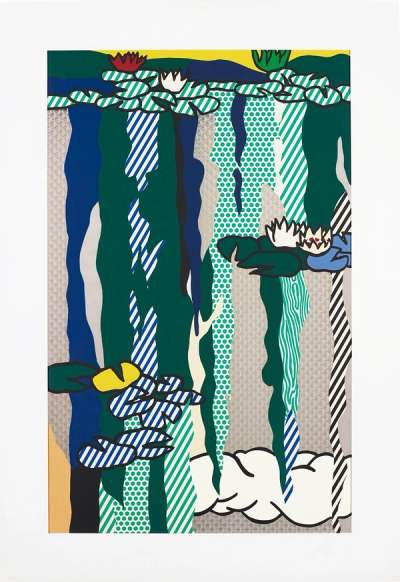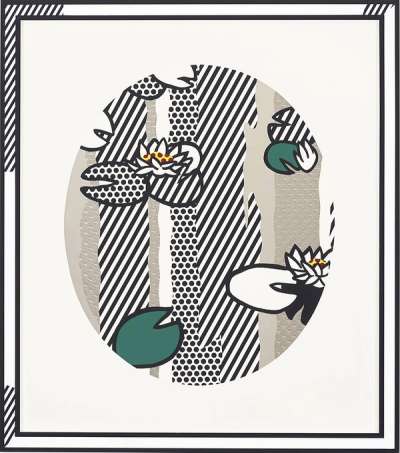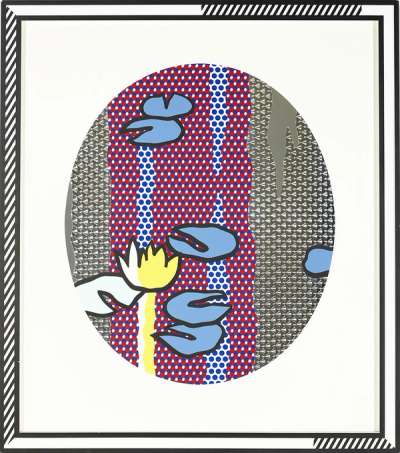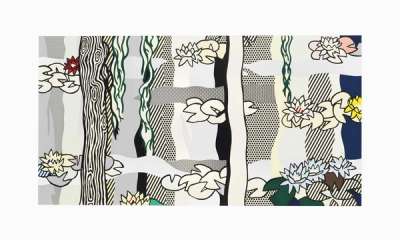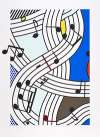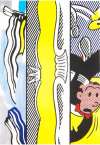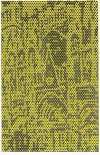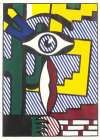Water
Lilies
Roy Lichtenstein's Water Lilies, created in 1992, is a reinterpretation of Claude Monet's iconic impressionist painting Nymphéas. The series, comprising six screen-prints on stainless steel, distils Monet's Water Lilies into the most essential pictorial elements; organic form is portrayed through exaggerated contours and solid bands of saturated colour.
Roy Lichtenstein Water Lilies For sale
Water Lilies Value (5 Years)
With £4480201 in the past 12 months, Roy Lichtenstein's Water Lilies series is one of the most actively traded in the market. Prices have varied significantly – from £8120 to £1253909 – driven by fluctuations in factors like condition, provenance, and market timing. Over the past 12 months, the average selling price was £448020, with an average annual growth rate of -0.36% across the series.
Water Lilies Market value
Auction Results
| Artwork | Auction Date | Auction House | Return to Seller | Hammer Price | Buyer Paid |
|---|---|---|---|---|---|
 Water Lilies With Japanese Bridge Roy Lichtenstein Signed Print | 21 Nov 2025 | Phillips New York | £297,500 | £350,000 | £490,000 |
 Water Lilies With Willows Roy Lichtenstein Signed Print | 20 Nov 2025 | Sotheby's New York | £765,000 | £900,000 | £1,160,000 |
 Water Lily Pond With Reflections Roy Lichtenstein Signed Print | 20 Nov 2025 | Christie's New York | £722,500 | £850,000 | £1,070,000 |
 Water Lily Roy Lichtenstein Signed Print | 7 Oct 2025 | Bonhams Los Angeles | £20,400 | £24,000 | £30,000 |
 Water Lilies – Blue Lily Pads Roy Lichtenstein Signed Print | 26 Sept 2025 | Sotheby's New York | £102,000 | £120,000 | £170,000 |
 Water Lilies With Cloud Roy Lichtenstein Signed Print | 8 Mar 2017 | Christie's London | £221,000 | £260,000 | £330,000 |
 Water Lilies – Pink Flower Roy Lichtenstein Signed Print | 26 Feb 2015 | Wright | £42,500 | £50,000 | £70,000 |
Sell Your Art
with Us
with Us
Join Our Network of Collectors. Buy, Sell and Track Demand
Meaning & Analysis
Another nod to the world of Claude Monet, Lichtenstein’s Water Lilies embody the artist’s signature graphic, artificial take on naturalistic imagery. He rejected any distinction between high art and popular culture, taking inspiration from the industrially produced visual imagery of 1960s advertising. Throughout his prolific career, Lichtenstein devised innovative ways to replicate the appearance of commercial printing.
The artist soon developed his own unique iconography, which led him to become one of the most recognisable artists of the 20th century. The artist initially used consumer adverts and the comic books of his youth as his source material. His dialogue with artistic legacies and the act of painting also formed an important focal point throughout his career.
The historical style of nature painting, and therefore also the cliché infused properties of art, constituted an enduring interest for Lichtenstein. He explored comparable themes in his extensive Landscapes, Moonscapes and Seascapes.
With his celebrated Water Lilies, Lichtenstein showcases a masterfully calculated and artificial take on naturalistic imagery. The series comprises six screen prints on stainless steel created in 1992. Using his unique syntax of stylistic motifs, Lichtenstein presents a reinterpretation of Claude Monet’s impressionist “Nymphéas” of the early 1900s.
These printed water lily studies of shimmering and shifting light parallel the artist’s Reflections and Mirrors series of the late 1980s. Moreover, the Water Lilies play with historical ideas of creating and seeing, similar to the artist’s Haystacks and Cathedrals of the early 1970s.
Lichtenstein distills his Water Lilies to the utmost basic and essential pictorial elements. Rather than focusing on the bigger picture, the artist invests in the poignant details he plucks from his chosen panoramas. Accordingly, the scenic nature portraits in this series stylise organic forms through exaggerated contours and solid bands of saturated colour. Lichtenstein communicates subtly nuanced areas of light and shadow using his advanced graphic language coupled with overlays and stencils.

